BLOG
DRIVING WINTER TIPS

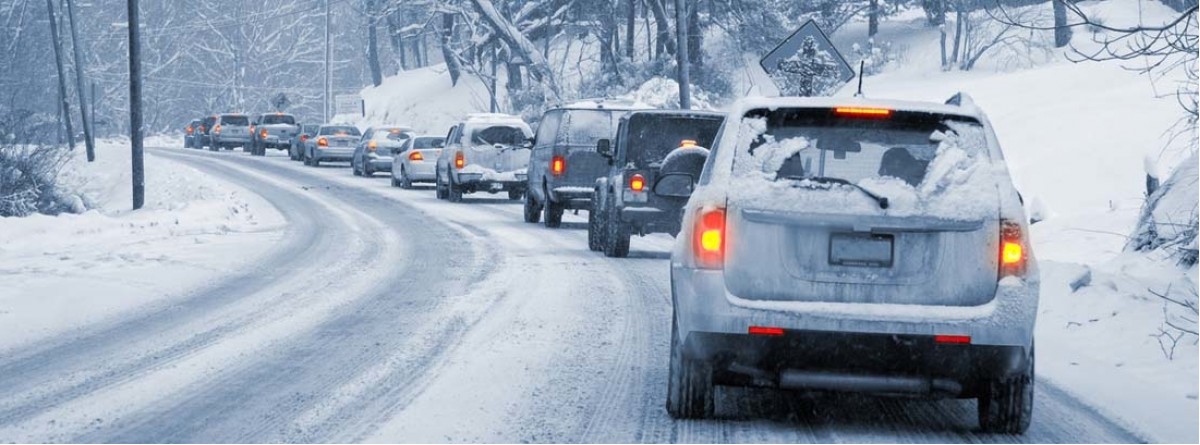
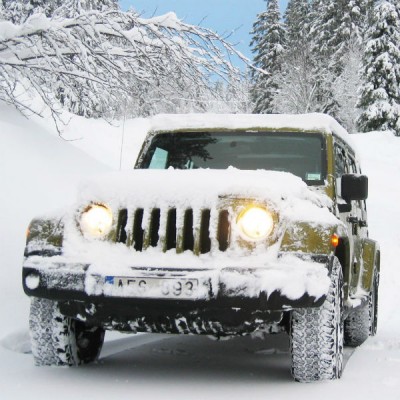
TIPS FOR DRIVING ON ICE AND SNOW
Driving in snow and ice can be a challenge. However, there are a handful of ways you can help make driving in winter conditions a safer, less stressful experience.
When it comes to winter driving, preparation is key. Consider keeping these items either in the car or easily accessible for any difficult driving situations you may encounter.
- Battery jumper cables
- Shovel
- First aid kit
- Blankets and extra clothing
- Basic tool kit (screwdriver, wrench, pliers, knife, etc.)
- Flashlight
- A cell phone
Tips for Driving in Snow & Ice
One important thing to remember when driving in winter conditions is to have clear visibility. Remove all of the snow and ice from your vehicle before getting inside. Work from the top down and remember to include your roof, windshield, hood, trunk, taillight and mirrors. Once you have prepared your vehicle and you're ready to hit the road, keep these tips in mind:
- Decrease your speed. Match your driving speed to the driving conditions.
- Always try to plan ahead and anticipate potentially dangerous driving situations, streets or areas.
- Brake effectively. Sometimes, it's best to just take your foot off of the accelerator and let the vehicle slow down naturally. Also, brake on the straight section of the road before entering a curve, rather than braking while in the curve.
- Be alert to other vehicles. Maintain a distance that will allow you to react to the driver in front of you.
- If your windshield wipers are on, then your lights should be too. When driving in snow or poor visibility, utilize your lights and high beams accordingly.
- Maintaining a comfortable cabin temperature can keep the windows free of frost, ice and snow.
- Drive as smoothly as possible and avoid sudden braking and steering inputs.
- Signal early when stopping or turning in order to give the vehicles behind you and oncoming vehicles extra time to react.
- Do not drive overconfidently simply because your vehicle is equipped with anti-lock brakes, four-wheel drive, traction control or other safety devices.
- If your car is equipped with anti-lock brakes, be familiar with their operation. A steady pressure on the brake pedal with result in a pulsing sensation. This is normal and the brakes are operating as they are designed to operate.
- If you do find yourself in a dangerous black ice driving situation, remember to remain calm and apply the appropriate maneuvers. To get out of a skid, you usually don't want to hit the brakes, accelerate, or turn suddenly (if possible). Instead, you may want to try to release the brakes and turn your wheels into the direction of the slide. If you happen to steer too far and end up sliding in the other direction, try slowly turning back to the opposite direction.
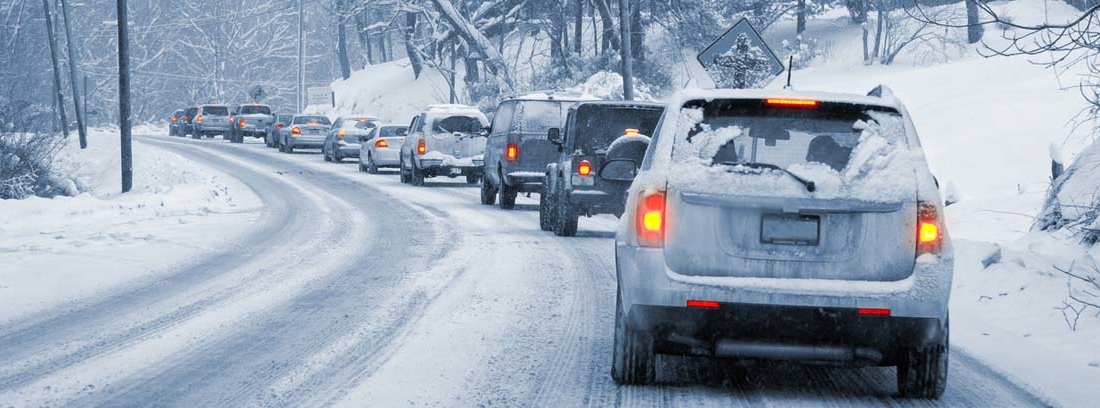

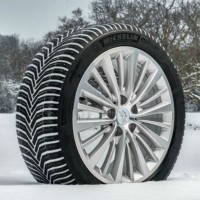
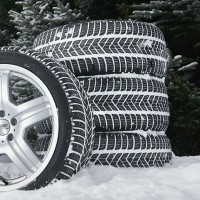
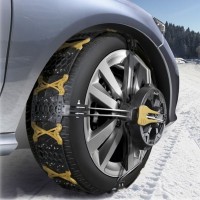
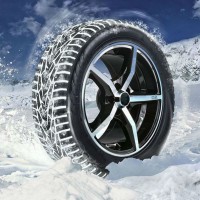
Leave your comment